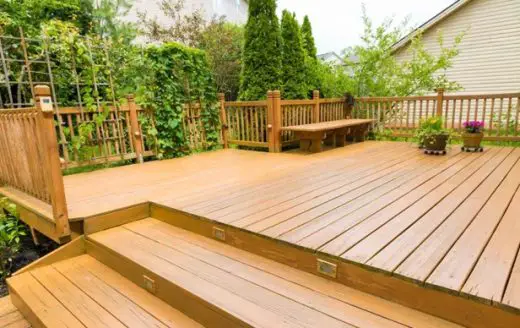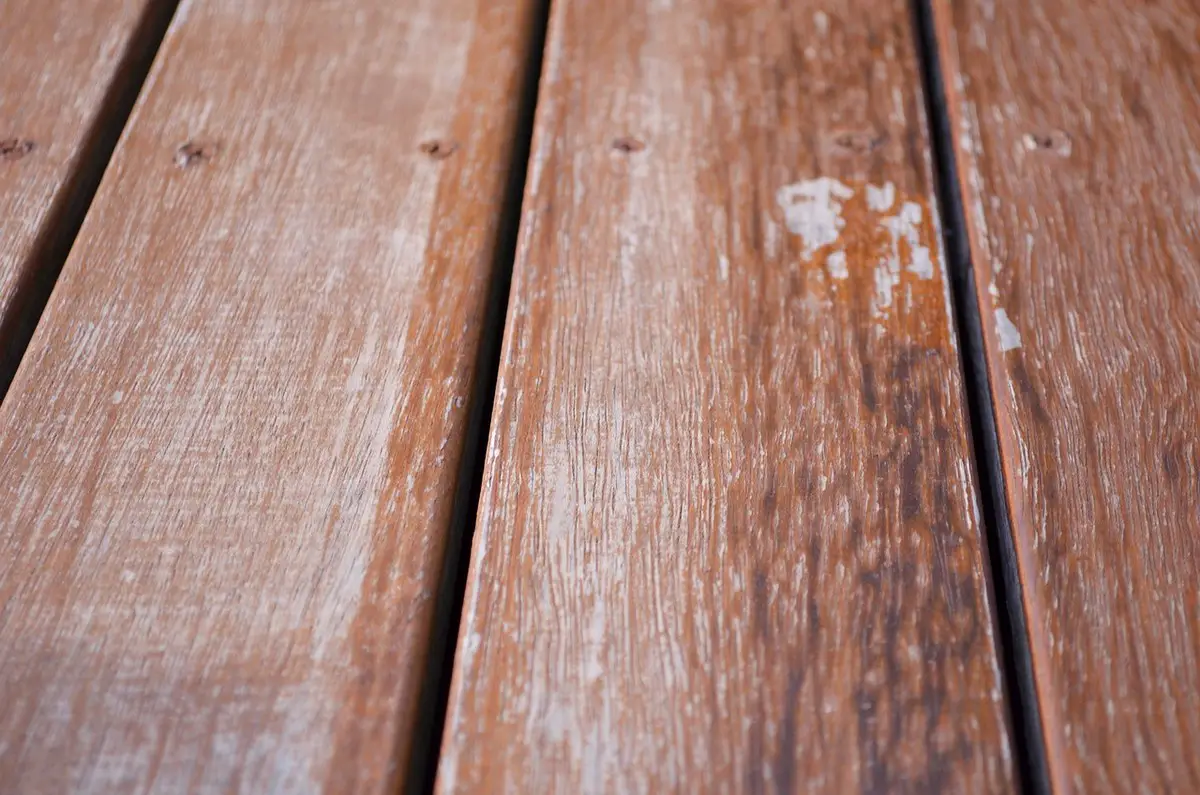Expert tips for applying textured deck paint like a pro, Home patio space design tips, Garden decking protection
Expert Tips for Applying Textured Deck Paint Like a Pro
4 February 2024
Master the art of applying textured deck paint like a pro with expert tips. Achieve a professional finish and enhance durability for your outdoor space.
Transforming a weather-worn deck into a safe, stylish sanctuary can be as satisfying as it is daunting. When it comes to textured deck paint, the trick is not just choosing the right product, but also applying it correctly to ensure longevity and that professional finish you’re aiming for.
We’ll walk you through the steps to guarantee an impeccable textured deck paint application, making your deck the highlight of your outdoor living space.
Expert Tips to Apply Textured Deck Paint – Key Steps
Preparation: The Foundation of a Flawless Finish
The adage “measure twice, cut once” rings true when preparing to paint your deck. Proper preparation is the foundation upon which your painting success will be built.
Cleaning the Deck
Begin by thoroughly cleaning your deck. Clear away furniture, plants, and debris, and then use a deck cleaner or specially formulated wood treatment to clean the surface. For stubborn stains, use a stiff brush or pressure washer. Make sure the deck is completely dry before moving on.
Repairing Any Damages
Inspect your deck for any structural or surface damages. Loose boards, nails, or splinters can detract from the overall look of the finish and must be addressed. Replace any damaged boards and tighten any loose fasteners.
Sanding the Surface
Sanding the deck is a vital surface preparation for ensuring optimal adhesion and a smooth final texture. A belt sander or circular sander can quickly level rough patches and slough off old paint, while a pole sander with fine grit can be used for handrails and other detailed areas.
Choosing the Right Tools and Materials
The success of your project hinges on the quality of materials and the tools you deploy. From paint selection to rollers, every choice makes a difference.
Selecting the Right Paint
The right textured deck paint can withstand foot traffic, UV rays, and the elements. Consider the type of deck material – whether it’s wood, composite, or concrete – and the climate when choosing a paint. Look for products with solid durability ratings and color choices that complement your home’s exterior.
Essential Tools for Application
To apply textured deck paint, you’ll need a range of tools. High-quality brushes, textured rollers, and paint trays are essential. Use a 3/8-inch nap roller for large, flat areas and brushes for edges and hard-to-reach spots. Invest in a sturdy roller frame with a tight fit for even pressure distribution.
Application Techniques: Adding Dimension and Durability
Now comes the fun part – applying your chosen textured deck paint. This stage is all about mastering the techniques that ensure a consistent and pleasing texture across your entire deck.
Priming the Deck
A primer isn’t always necessary, particularly with all-in-one deck paints, but it can enhance adhesion and durability, especially on new or severely weathered wood. Apply a thin, even coat and allow it to dry thoroughly before applying the textured paint.
Applying the First Coat
When applying your first coat, work methodically in small sections. This can prevent the paint from drying out before you can texture it. If you’re using a sprayer, back-roll the paint after spraying to ensure it’s pressed into the wood grain.
Adding Texture with a Roller or Brush
Once the first coat is dry, it’s time to add texture. Use a roller, load it with paint, and roll it evenly. For brush application, stipple to create small peaks. Practice on a test area to gauge the desired texture before committing to the whole deck.
Applying Subsequent Coats
One coat might be sufficient, but for the most durable finish, apply a second coat. Ensure each coat dries thoroughly before adding the next. Multiple coats not only provide extra protection but also deepen the color, especially crucial with semi-transparent paints.
Drying and Curing: The Patience Phase
The paint may look dry, but it’s not yet fully cured. This stage requires patience and the right conditions to achieve the desired durability.
Allowing Sufficient Drying Time
Resist the urge to walk on the deck or replace furniture too soon. Drying times can vary based on temperature and humidity. Follow the manufacturer’s instructions to the letter to allow for proper drying before heavy use. Applying a coat of sealer can also guard against premature wear.
Caring for the Newly Painted Deck
Protect your deck investment by avoiding dragging heavy furniture and using decorative rugs or stepping stones to minimize foot traffic. Regular maintenance, like sweeping away debris and washing with a mild detergent, can extend your paint job’s lifespan.
Common Mistakes to Avoid
Knowledge is power, and knowing what not to do can be as beneficial as knowing what to do. Here are some common mistakes to steer clear of:
Skipping Surface Preparation
DIY enthusiasts often skip important deck preparation steps before painting. Neglecting to clean, sand, and repair the surface can lead to poor paint adhesion and uneven textures. Take the time to properly prep your deck.
Inappropriate Weather Conditions
Timing your paint job to coincide with favorable weather is crucial. Applying textured deck paint during excessive heat or humidity can negatively influence the drying process and final finish. Opt for a mild, dry day to ensure the best results.
Overlooking Deck Primer
Applying primer might seem like an unnecessary step, especially with advanced paint formulas. However, a coat of primer can improve paint adherence and longevity, particularly on wood that’s either new or has been stripped bare.
Uneven Paint Application
A common error is uneven application, leading to areas that are either too thick or too thin. This results in an inconsistent texture and possibly premature wear. Apply the paint in even, methodical sections, or even better, hiring professionals like the Fresh Coat Painters of West Omaha can help you achieve a uniform look.
Failure to Maintain the Painted Deck
Maintenance is key to prolonging the life of a textured paint finish on your deck. Neglecting regular cleaning and furniture placement considerations can lead to a quicker deterioration of your work. Take the time to care for your deck and enjoy its long-lasting beauty.
Apply Textured Deck Paint Like a Pro with These Tips
Transforming your deck with textured paint is a rewarding endeavor. It adds personality, protection, and value to your home. Following these deck painting tips can help you achieve a professional finish that will have everyone asking: “Who did your stunning deck?”
So gather your tools and materials, prep that surface, and get ready to bask in the glory of your newly painted deck. Remember – preparation, patience, and a little elbow grease are all it takes to master the art of applying textured deck paint like a pro.
Check back for more expert tips on relevant topics and more.
Comments on this guide to Expert Tips for Applying Textured Deck Paint Like a Pro are welcome.
Decking Articles
Decking Posts
How long does treated pine decking last

Does Composite Decking Add Value To Your Home?
Tips for building a good looking deck
Tips for staining a previously wooden deck
Building Articles
Residential Architecture
Comments / photos for the Expert Tips for Applying Textured Deck Paint Like a Pro page welcome





